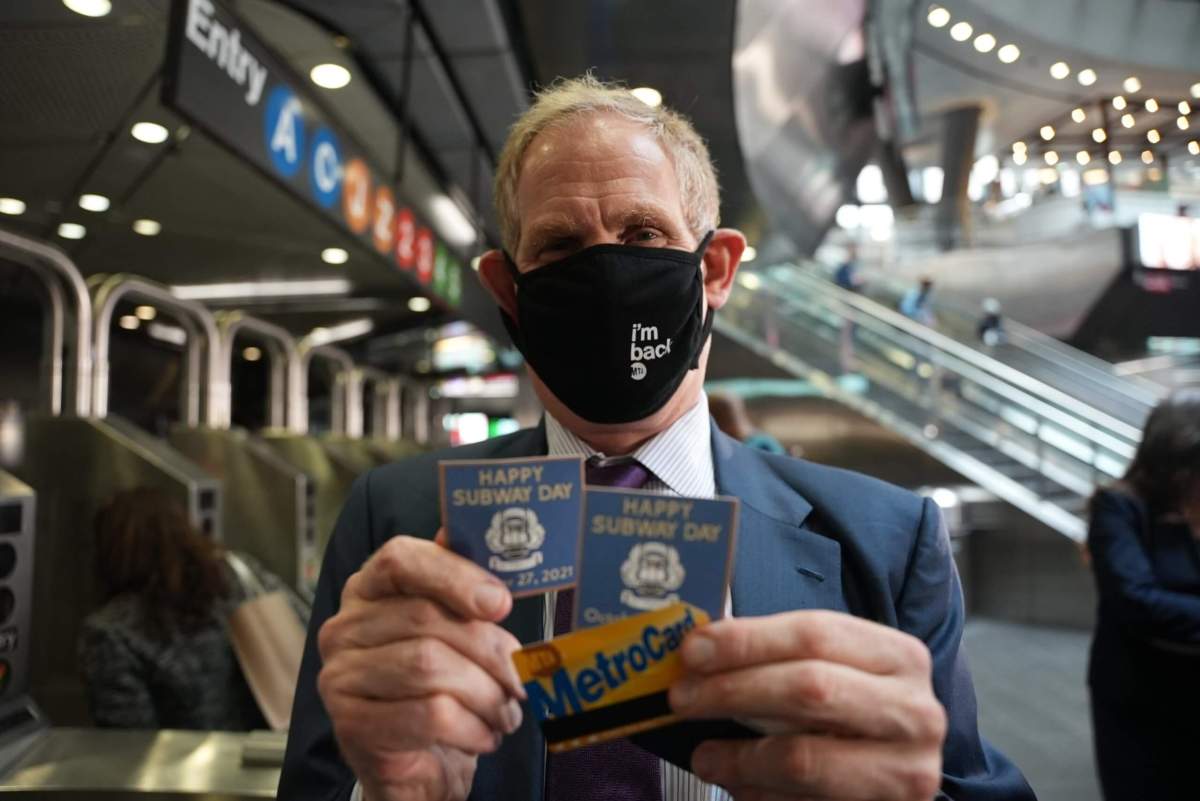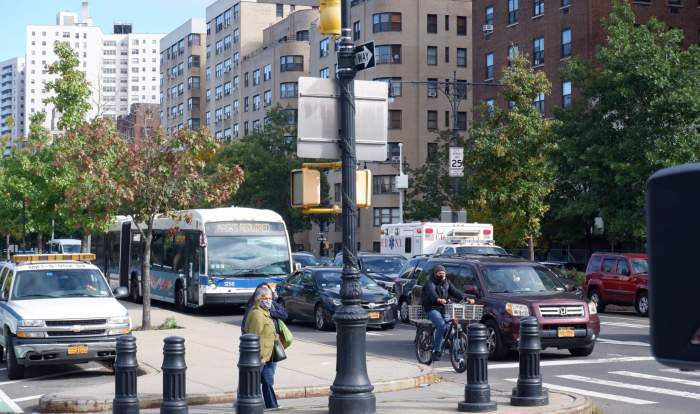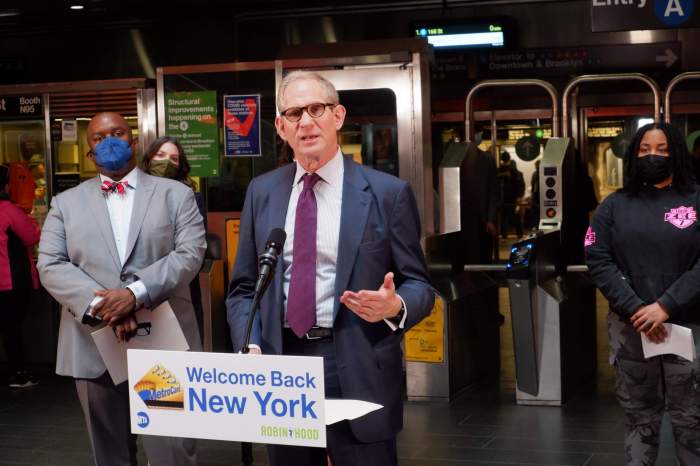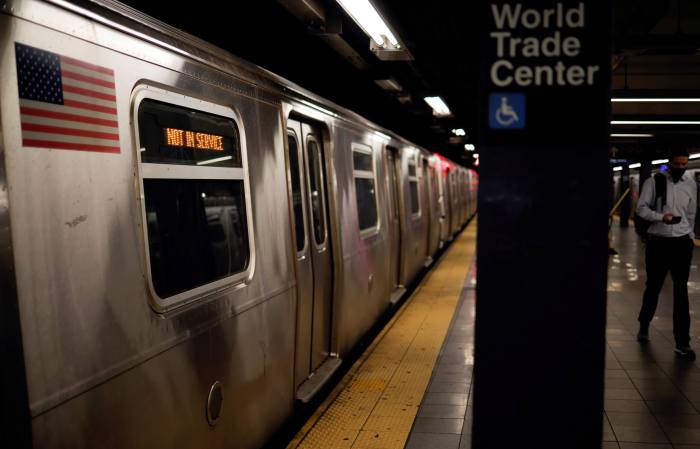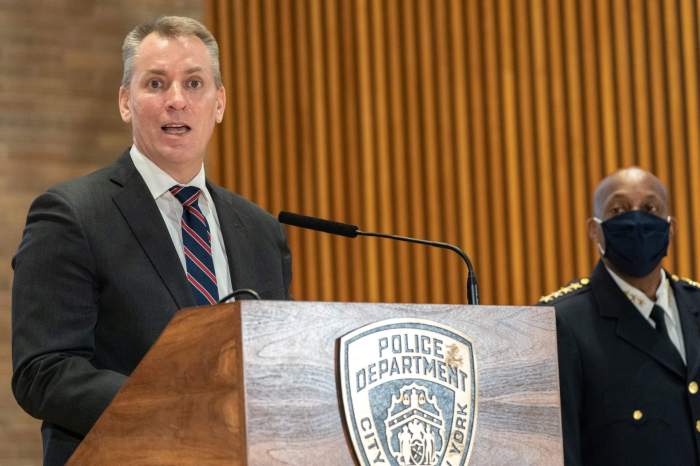Transit Equity Day falls in February and its values are prioritized every day at the MTA.
Our system is a gateway to jobs, education, and opportunity for millions of families from the Rockaways to Wakefield, providing service 24 hours a day, seven days a week for $2.75 a ride as far as they need to go. And we look forward to making improvements that will help us more effectively advance equity throughout the five boroughs.
First, on fares. I am working with the new team in City Hall to double enrollment in the city’s Fair Fares program, which provides discounted MetroCards to low-income New Yorkers. At the same time, the MTA is preparing to introduce a package of exciting fare promotions in the weeks ahead, including, the first-ever fare-capping pilot for subway and bus customers paying with OMNY, and the expansion of the commuter railroads’ special flat fare for travel wholly within NYC on off-peak trains throughout the week.
Making transit affordable is a key part of improving overall accessibility and so are the ADA upgrades that are underway throughout the system. Under the agency’s latest procurement, approved last month, 26 subway stations will get new elevators and other infrastructure to help seniors, people with disabilities, parents with strollers and more get around more easily. The work is part of an unprecedented $5 billion investment in accessibility under the historic 2020-24 Capital Program.
We’re also focusing on the bus system, which–though sometimes viewed as less glamorous–may present the most important opportunity to increase equity. The network’s reach is wider than the subway’s, and it serves a greater share of residents from low-income neighborhoods and communities of color. They deserve faster trips and more reliable service, which is why we’re redrawing the map borough-by-borough with our Bus Network Redesigns. We’ve had great success already on Staten Island; next up is the Bronx.
The MTA is also working closely with the City to add new bus lanes and busways and to expand the use of automated cameras to increase speeds by keeping these corridors clear of private cars and delivery trucks. And by implementing transit signal priority, we can reduce the time buses spend sitting at red lights.
This is an exciting moment for mass transit in NYC. The MTA’s working relationship with the City has never been better, congestion pricing (a/k/a “Central Business District Tolling”) is set to come online in the coming years, and there are an unprecedented number of transformative capital projects in the pipeline, including Metro-North Penn Station Access, Second Avenue Subway Phase 2, and the Interborough Express.
All will help cut commutes and promote connectivity for riders in underserved communities outside Manhattan. Critically, they’ll also provide hundreds of thousands of jobs, with a sizable portion of contracts going to minority- and women-owned business enterprises (MWBE). I’m proud that the MTA ranks number one among 97 state agencies and public authorities in dollars paid to certified MWBE, with payments worth $916 million in the last fiscal year going to businesses owned and operated by women and minorities.
As we roll into 2022, equity, safety and reliability are guiding principles in the mission to bring riders back to transit and move New Yorkers wherever you need to go.
Janno Lieber is MTA chair and CEO.



